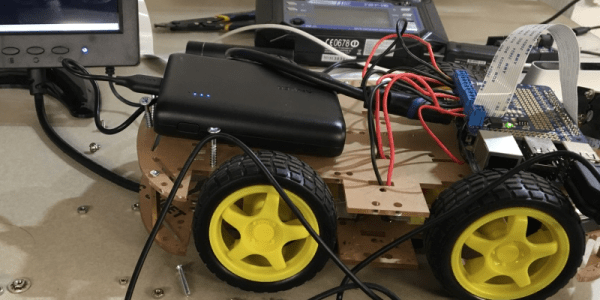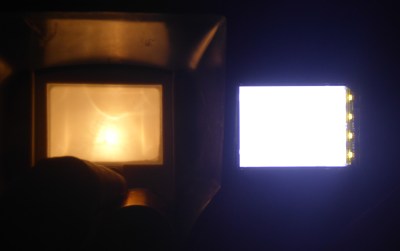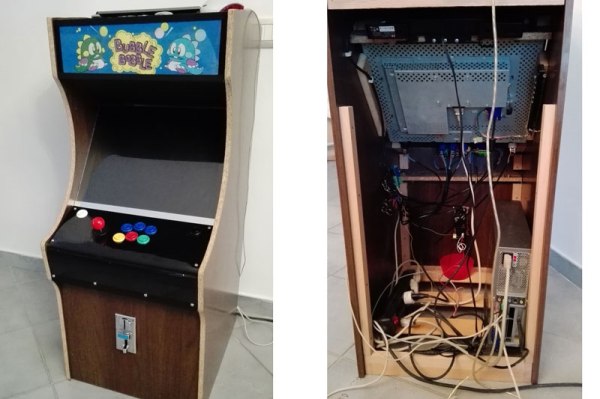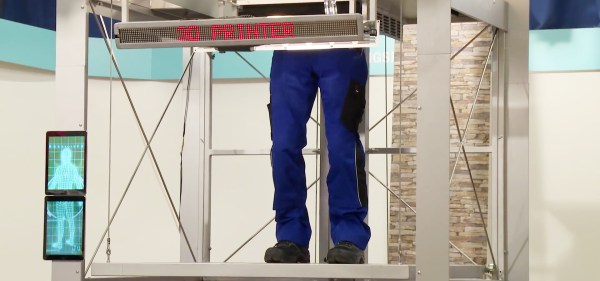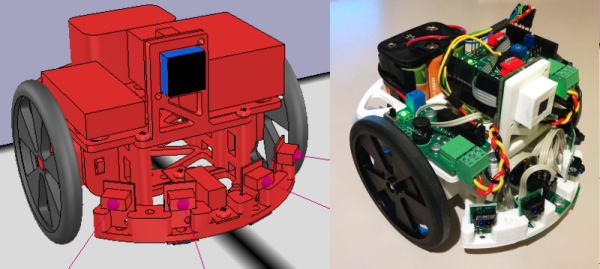Atari is back! That’s what some dude says. There are no real details in that post, other than ‘Atari is Back!’
The ESP32 is coming, and it’s going to be awesome. Espressif has just released an Arduino core for the ESP32 WiFi chip. The digitalRead, digitalWrite, SPI, Serial, Wire, and WiFi “should” work. If you’re looking for ESP32 hardware, they’re infrequently available and frequently out of stock. Thankfully, stock levels won’t be the Raspberry Pi Zero all over again until someone figures out how to run an NES emulator on the ESP32.
Tiny, cheap ARM boards would make for great home servers if they had SATA or multiple network interfaces. Here’s a Kickstarter for a board with both. It’s based on an ARM A53 with multiple Ethernets, mini PCIe, enough RAM, and SATA. It’s a board for niche use cases, but those uses could be really cool.
You’re not cool or ‘with it’ until you have a PCB ruler. That’s what all the hip kids are doing. For wizards and dark mages out there, a simple PCB ruler isn’t enough. These rare beasts demand RF rulers. There’s some weird stuff on these rulers, like Archemedian spiral antennas and spark gaps. Black magic stuff, here.
Some dude with a camera in the woods did something. Primitive Technology, the best example of experimental archaeology you’ve ever seen, built a spear thrower. You can throw a ball faster with a lacrosse stick than you can with just your hands, and this is the idea behind this device, commonly referred to as an atlatl. You can hunt with an atlatl in some states, but I have yet to see a video of anyone taking down a deer with one of these.
Think we’re done spamming the Hackaday Superconference yet? YOU’RE WRONG. The Hackaday Superconference is the greatest hardware conference of all time until we do this whole thing again next year. Get your tickets, look at the incredible list of speakers, book your flights, and be in Pasadena November 5-6.

